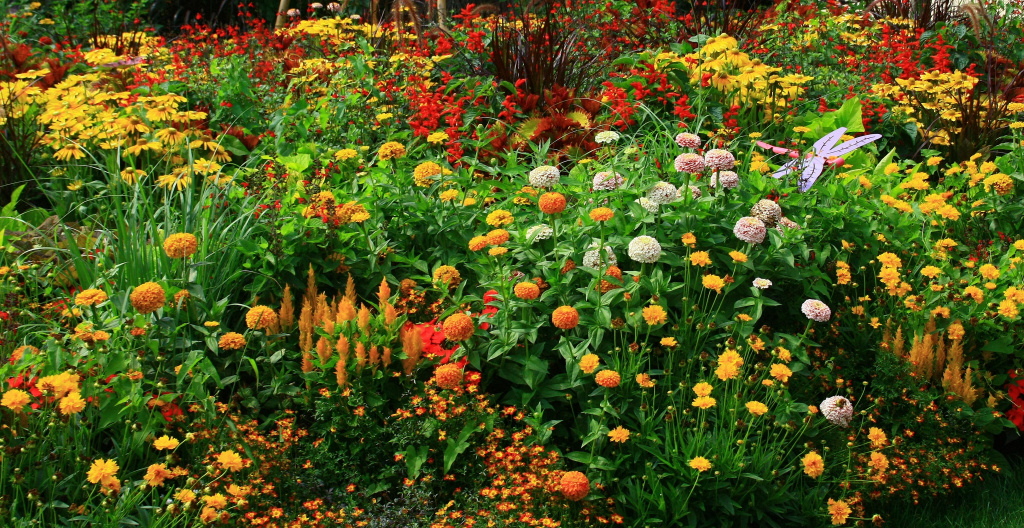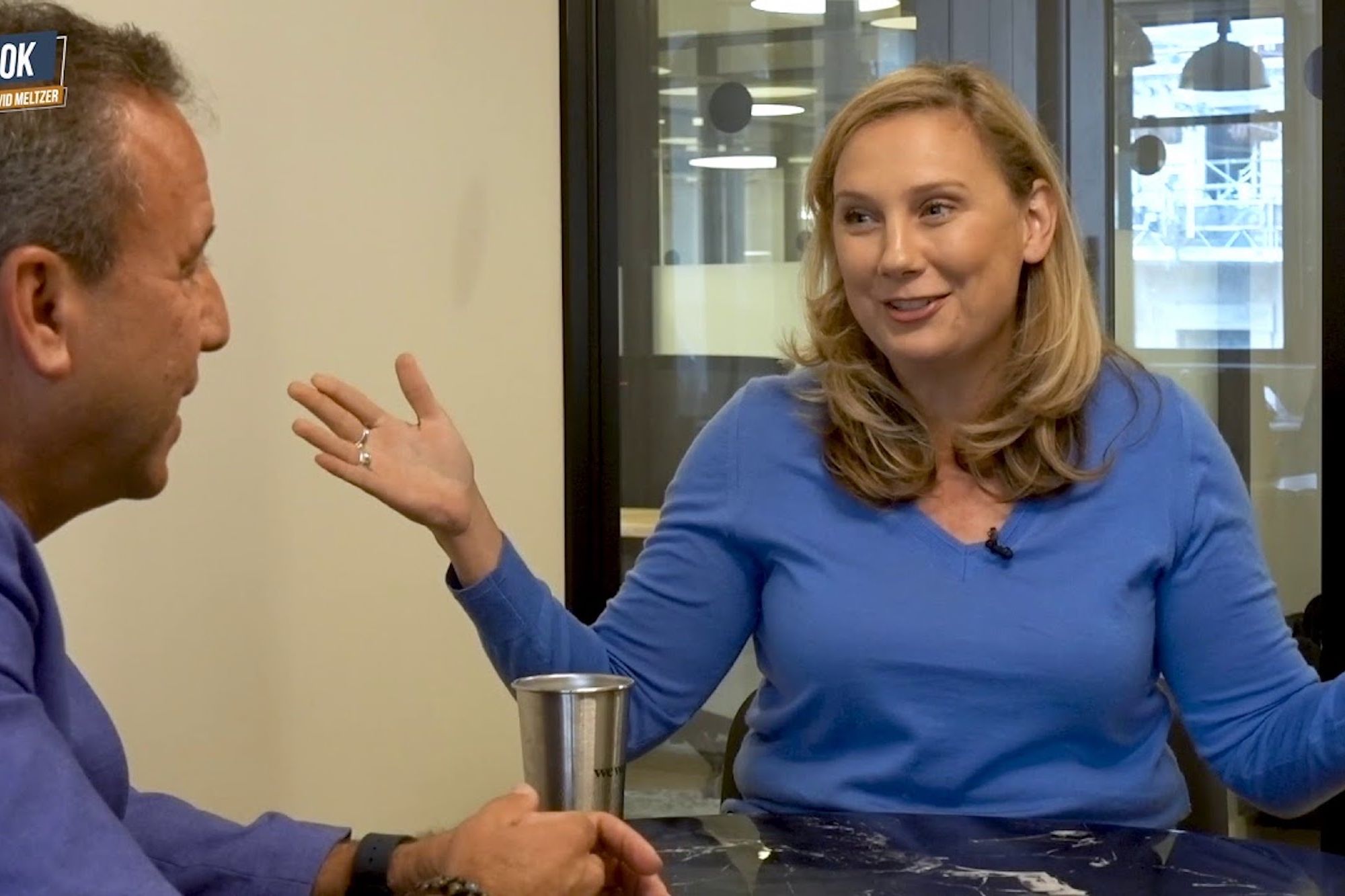No. 836 in a series of true experiences in real estate
My friend Gretchen and I have been talking gardens and gardening for over 40 years. Maybe once a year we visit each other’s garden and on those occasions we walk together along the paths and we look and talk about each plant.
In between, we talk on the phone and email about how things are looking overall in our gardens, what we’ve recently planted, what’s died, how much the tree pruner charged, large weeds we’ve uncovered, easy re-seeders.
We talk when our gardens look beautiful in late afternoon light and tell how bad and ugly they look in the harsh noon sun. We’ve had conversations many times about how we should order truckloads of soil amendments and spread them everywhere and also about the difficulties and failings of our watering systems.

Many times we have discussed garden simplicity. How unnecessary it is to try to grow too many different plants, we tell one another. How much smarter to choose a few that do well in our gardens. We’ve seen a number of garden plantings that made the point.
For instance, I once told Gretchen about a garden I’d seen, and she got so interested, she went to see it too. The Victorian house in the Berkeley flats was painted entirely white, wood siding, tall windows and trim. In front was a long concrete walkway from the sidewalk to the front porch.
On either side of the walk were planted pink blooming bergenia and white calla lilies. That’s all. The garden was neat and watered and looked wonderful and Gretchen and I still talk about it because we think we might follow the example.
Sometimes both Gretchen and I are actively, fully invested in our gardens. For weeks and weeks at a stretch, we spend time after work and during weekends tidying, feeding, rearranging, and adding new plants.
And there are times, sometimes for months, when we do very little in our gardens.
Just last week I heard from Gretchen that she had that day bought a pressure washer. She said she hoped that as she cleaned the arbored patio outside her living room, she would get back to gardening again. It seems that for quite a while she’d been so busy with work she’d done nothing in her garden.
She’d been feeling guilty about her neglect and this had caused more delay. She expected to find total ruin when she did finally go out there.
Brave soul, the day she purchased it, she took the washer to the patio and spent the entire afternoon working there, cut back overgrown wisteria, cleared away dead plants in pots and cleaned the concrete.
There was so much improvement for this that she was able to walk through and look at all of her garden areas.
While there was much that needed to be done — clearing, pruning, weeding — she was surprised to find good news — survivor plants that without care are still alive and looking good.
She says that in fact she finds it is truly interesting to look at one’s garden after being neglected for so long. Geraniums, roses, hydrangeas and others were overgrown but fine. Old nasturtium vines were brown and papery but, all on their own, new ones had started up.
Spotting the survivors encouraged Gretchen’s latest great garden idea: Use survivors to fill in empty spots.
Her bergenia plants, for instance, with no “hands-on” care at all, were healthy. Gretchen reeled off for me the virtues of bergenia. “Nothing eats it (well, snails like it). It doesn’t have a dead time. It’s really easy to take off those big brown dead leaf flaps. And once it’s in, it seems to never die no matter what condition.”
“So, my new garden plan is to plant five of the teeniest bergenia bedding plants every Sunday on the back hill.”
She explains that beginning at the house and working outward, she can plant more of those she now knows are survivors. More jasmine, clematis and ordinary feverfew. Dependable, pretty much “never fail” plants. And ferns, more plain green ferns would be a terrific idea.
“Maybe every garden should have a long period of neglect to see what it gets up to on its own. It’s possible,” she says, which sounds completely brilliant to me, “that I will someday be able to get my garden together.”
Pat Talbert and Anet Tarpoff are East Bay residential real estate agents who can be reached at (510) 653-2050 and at www.TarpoffandTalbert.com, where you can sign up to get these columns via email.










